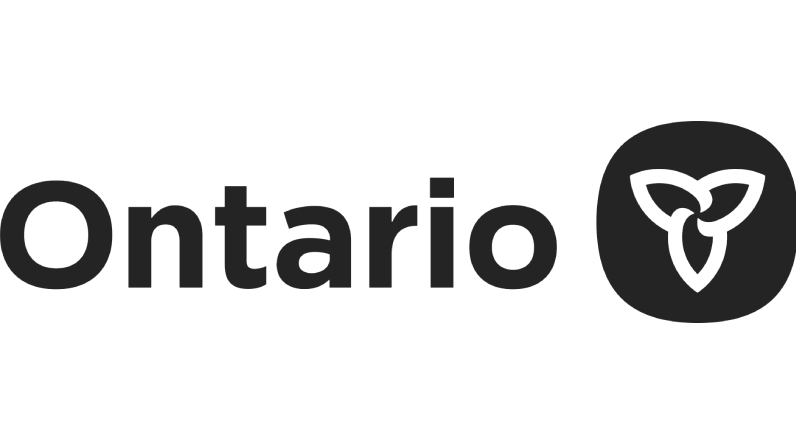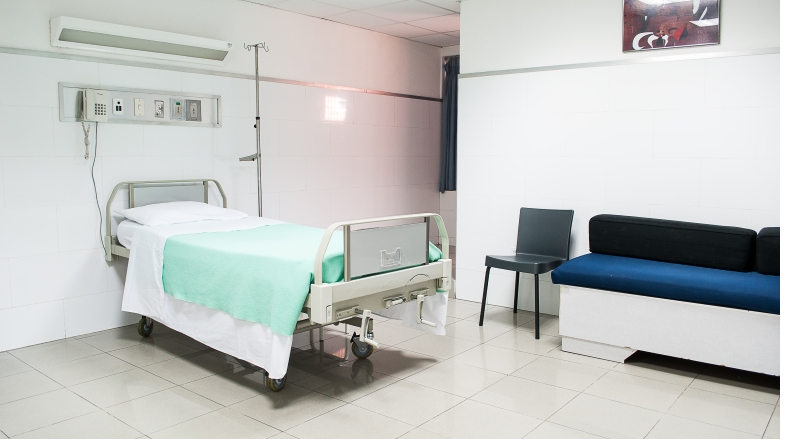Find out how we intend to give you and your loved ones access to the care you require at the time and place of your choosing by providing the appropriate level of care in the appropriate setting, making services more easily accessible, and increasing the size of our health care workforce.
The Reverend’s Words
Since I took office as Ontario’s Minister of Health, I’ve visited clinics and hospitals all over the province to see how our health care system is put into practise.
I have interacted with committed health care professionals all over the province, and I have witnessed the delivery of world-class cancer care in Toronto, life-saving paediatric care in Ottawa, and cutting-edge mental health care in Penetanguishene.
I’ve seen firsthand the skill and compassion of our nation’s healthcare providers. I’ve talked to hospital administrators, medical directors, doctors, nurses, aides, pharmacists, therapists, home health aides, and others who work in long-term care facilities and private homes to deliver care to you. I’m glad to hear that more people in the health industry are working together than ever before.
However, I’ve also noticed how stressed the healthcare industry and its employees are. Health care is difficult and time consuming to obtain for far too many people.
What we have now is not working, so we must change course. It takes too much time and effort to navigate our health care system, causing many people to wait too long for appointments or surgeries.
This is unacceptable to us. Not us!
It is imperative that we take risks and think outside the box. The spirit of cooperation currently present in the healthcare industry needs to be expanded upon. We need the fortitude to learn from other states and nations and implement the best ideas we find. Let’s be clear: Ontarians will never use a credit card to pay for medical care; they’ll use their OHIP card.

Our mission is to help Ontarians find nearby medical facilities so that they can receive treatment quickly and easily.
This will be accomplished by expanding the range of services available at local health care facilities, such as pharmacies, where patients can receive assessments and treatments without having to schedule an appointment with a physician. Increase the availability of diagnostic and surgical services in underserved areas. By decreasing patient waiting times for procedures like MRI and CT scans, as well as cataract removal. And by increasing availability of community and home care services, you can remain in your own home with confidence.
We’ve come a long way in the past few years. We’ve increased the number of medical professionals and carers in Ontario. We’re erecting brand-new medical facilities across the province. In order to ensure that our elderly population can age in place with respect, we are increasing the amount of care provided to each resident and adding nearly 60,000 new and improved long-term care beds.
Nonetheless, additional effort is required and is being made.
A Strategy for Integrated and Convenient Health Care Our top priority is making it simple for you and your loved ones to get the medical attention you require. This could be done through measures such as making more outpatient and community-based services available, allowing for virtual appointment scheduling and attendance, or guaranteeing the availability of in-patient beds.
We are making plans for the future by discarding old ways of thinking. Connecting you with the right care at the right time and place is our top priority.
Reimagining Health Care Around the Patient
Our fundamental guarantee to every resident of Ontario is that you will have access to quality medical care when you require it.
All medical visits are important, whether you need to rush your child to the ER at 3 a.m. or are due for a regular checkup.
Whether your elderly mother requires additional assistance to remain in her beloved home or you require cataract surgery to resolve a long-standing issue.
Whether you are a city dweller, a rural North American, or somewhere in between.
At its core, Your Health: A Plan for Connected and Convenient Care is about improving people’s lives by bringing more and better health care options closer to where they live.
We are working to improve health care in every way, especially in the places where people use it the most, such as hospitals, clinics, doctor’s offices, nursing homes, and people’s own homes.
That we need help from others is something we are well aware of. For this reason, we are actively recruiting and training new medical professionals, as well as social workers and other support staff, to ensure that we can keep this commitment.
The three cornerstones of this long-term strategy are improved access to care, better organisation of existing facilities, and increased staffing levels. Health care in Ontario can be improved for years to come if we put our attention on enhancing patients’ individual experiences and expanding the province’s health care workforce.
We’ll start implementing some of these adjustments right away so we can start fixing some urgent problems. To make the necessary adjustments to the other aspects of society will take time. They will be introduced gradually over the course of the next few months and years as we train and hire more medical professionals, construct more advanced medical facilities like hospitals, clinics, and nursing homes, and implement other novel approaches to patient care. You may not notice immediate changes, but as we work together to improve the healthcare system, you will feel and see real progress.
Also Read :Instagram Models of the Week Bode Lil Nas X and Ashley Park
If you have better access to health-related data and resources, you can make more informed decisions.
You’ll have more opportunities to schedule or attend appointments digitally.
No matter where you are, getting in touch with the healthcare resources you require in your neighbourhood or at home will become quicker and simpler.
Wait times for essential services, such as surgery, emergency care, and mental health and addictions supports, will be reduced.
Care providers will be organised to function as a cohesive unit for your benefit, streamlining your experience with medical services throughout your lifetime.
Ontario is acting to connect you to care when and where you need it, based on the best available evidence and the successes of other jurisdictions. This is all about reducing barriers to receiving care. The point is to put you in touch with the medical help you require. It’s important for your own wellbeing.
Methods Taken So Far to Improve an Already Solid Foundation

With your input, we can create a health care system that actually benefits you and your loved ones.
We listened to Ontarians who said they want the option to receive medical attention at their convenience. This means that there will be more medical professionals available to treat you, more diagnostic services (like MRIs) available in your area, and more beds in hospitals and long-term care facilities. Efforts are underway to make this available to you.
In the last three years, we have added more than 3,500 hospital beds across the province to guarantee that you and your family will always have access to medical care. Twenty-four additional intensive care beds for children were added this year.
An additional 3,000 hospital beds will be added over the next decade thanks to 50 new major hospital development projects.
So that you can get a quicker diagnosis and, if necessary, begin treatment and follow-up care right away, we have funded the maintenance of 49 new MRI machines in hospitals across Ontario (including three for paediatric hospitals).
With our help, we have reduced wait times and increased the number of surgical procedures performed across the province. We also have new programmes designed to speedily and safely return you to your home from the hospital.
As part of our effort to better serve Ontario’s senior population, thousands of long-term care beds have been added or improved. With our $6.4 billion investment, we will have more than 30,000 new beds available by 2028, as well as 28,000 upgraded long-term care beds throughout the province, reducing wait times for many of our elderly citizens. Nearly $5 billion will be spent over the next four years to hire more than 27,000 long-term care workers like nurses and personal support workers who will provide four hours of direct care per day to people living in long-term care facilities.
Building on our Roadmap to Wellness, we have introduced new investments and programmes, such as the Ontario Structured Psychotherapy Program and more than 150 new addiction treatment beds across the province, to make it easier and faster for people of all ages to access mental health and addictions support.
As a result of the introduction of virtual care options and the expansion of online appointment booking tools, scheduling and attending medical appointments is now more convenient than ever. The new Health811 service provides 24/7/365 access to RNs via chat or phone for free and in a variety of languages. Additionally, the service can help you locate nearby resources for things like mental health care, community clinics, and walk-in medical clinics.
We’ve also put resources into training a larger number of medical professionals. As of the beginning of 2019, Ontario had over 60,000 newly registered nurses, nearly 8,000 newly registered physicians, and thousands of newly registered personal support workers.
Additionally, Ontario Health Teams are improving communication between local healthcare organisations and providers.
As a means of better coordinating care and sharing resources, Ontario Health Teams bring together professionals from a wide range of health and community sectors, including primary care, hospitals, home and community care, mental health and addictions services, and long-term care. They collaborate to make it easier for you to switch between doctors by keeping your medical history and treatment plans in one place.
Patients in Ontario can rely on their local Health Teams to provide them with care, keep track of their medical records, help them make informed decisions about which specialists to see, and point them in the direction of the services they need, all day, every day.
More than $75 billion a year is being invested by Ontario in health and long-term care, which is a record sum. However, it is evident that financial resources alone are insufficient. In order to make real, long-lasting improvements to your health care, we need to think outside the box and build on our previous successes.







